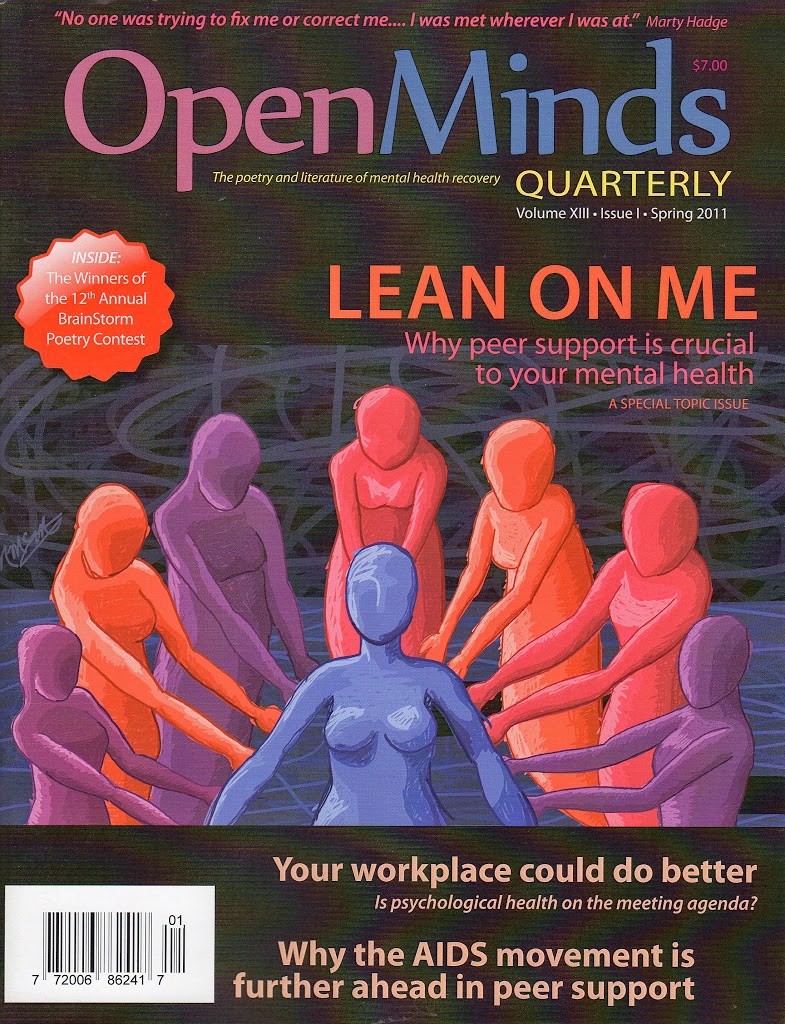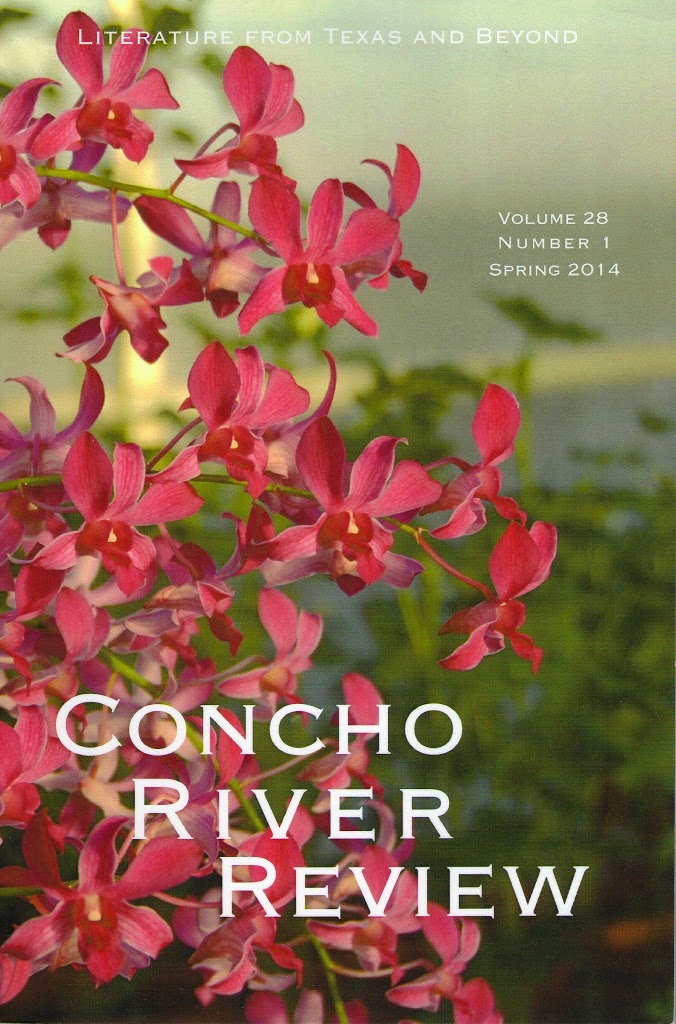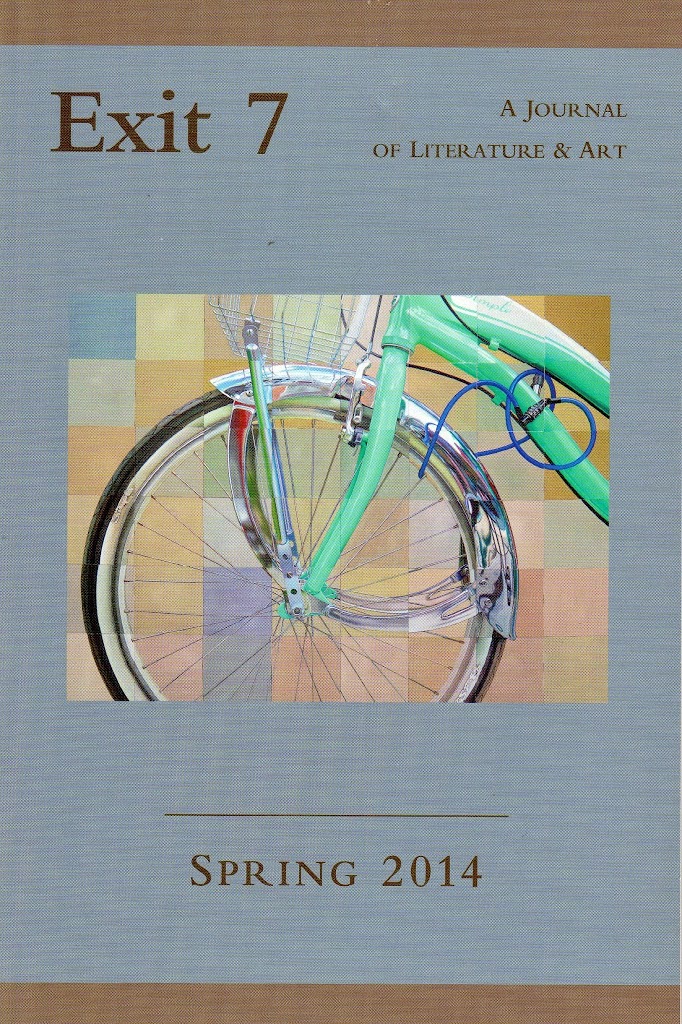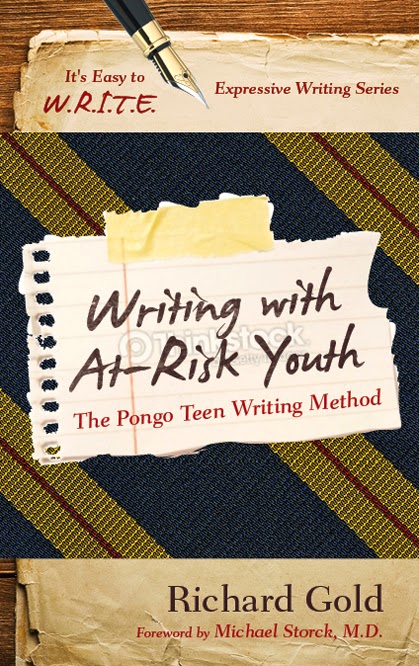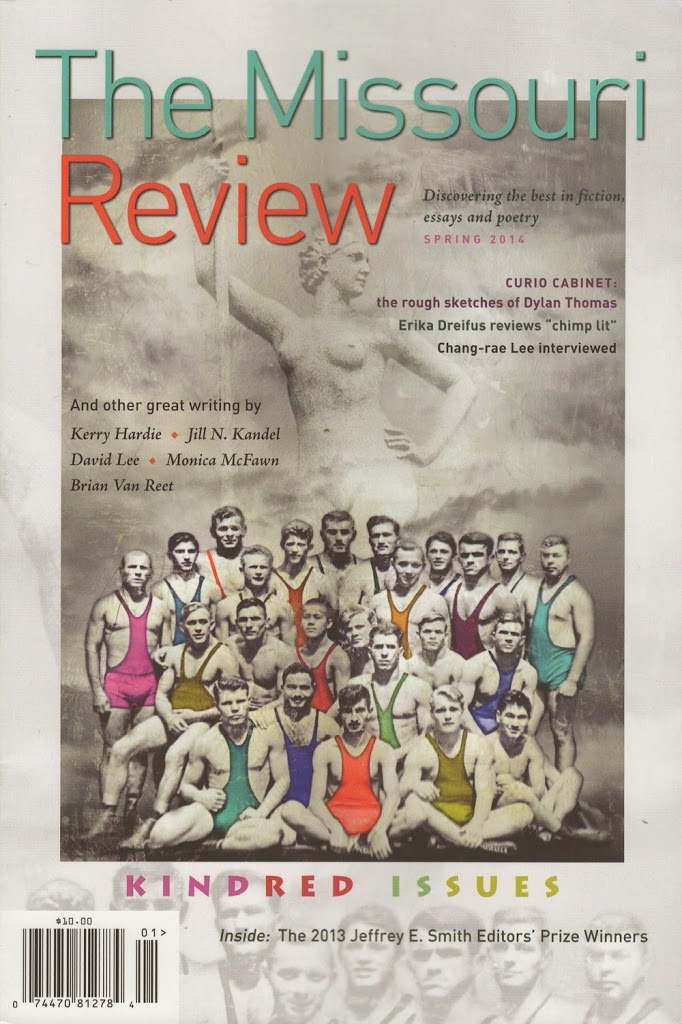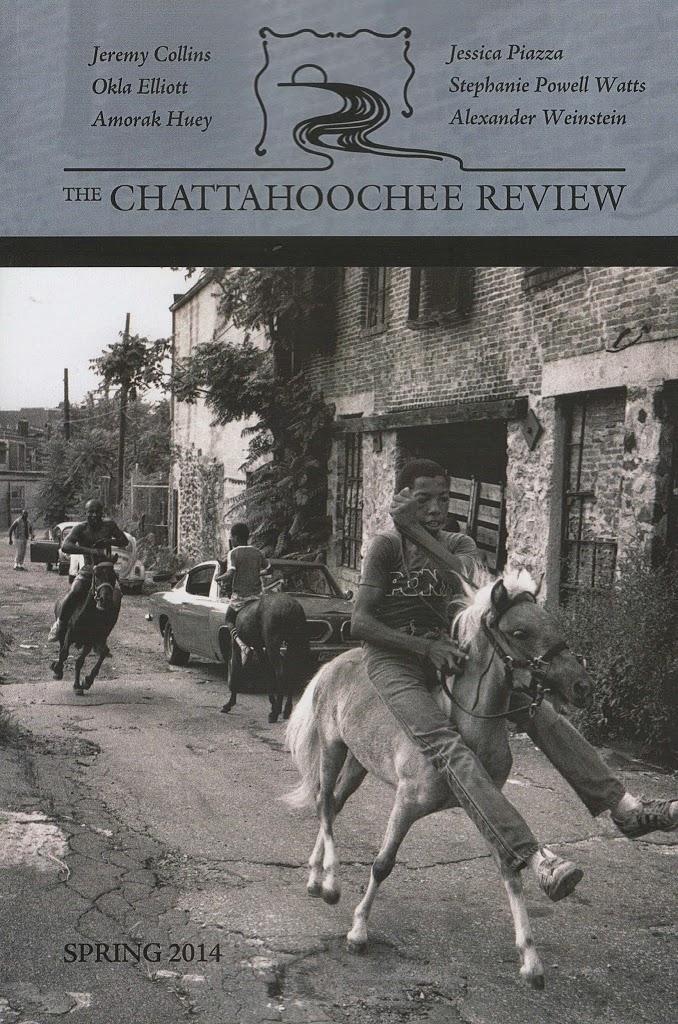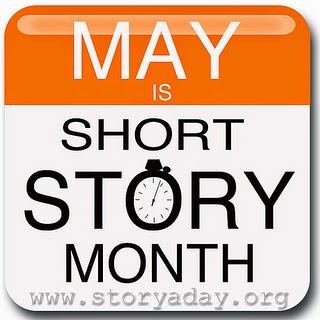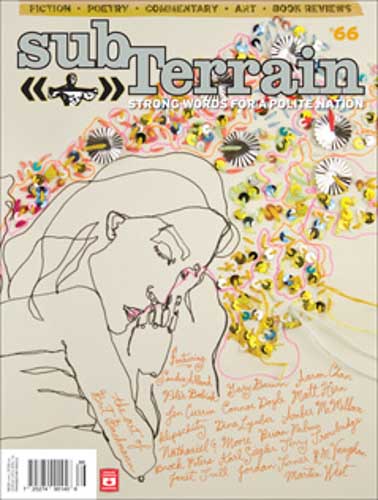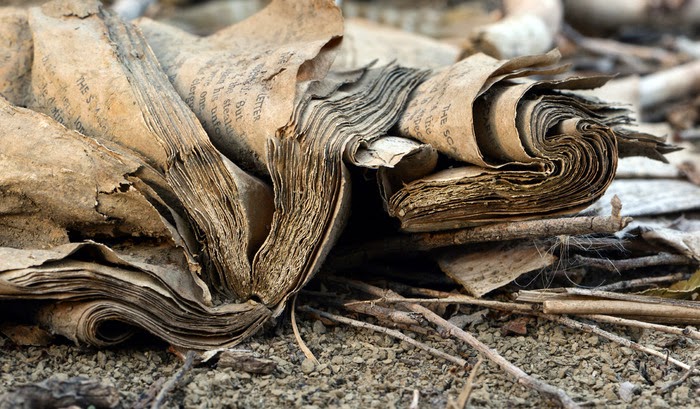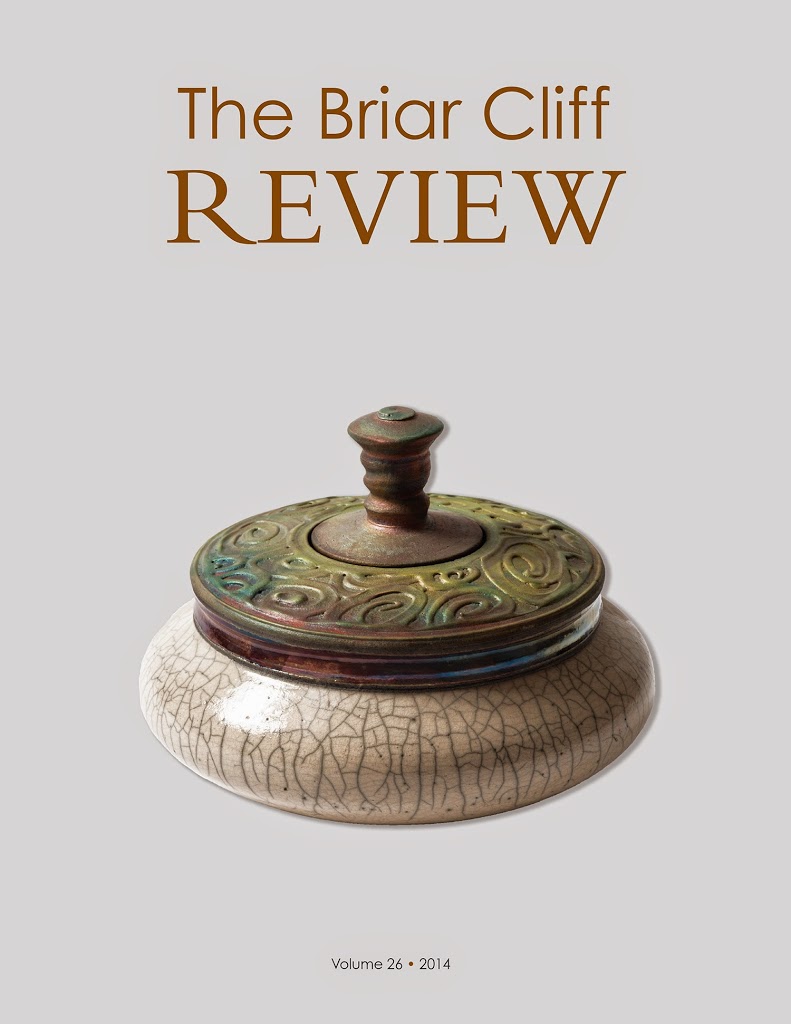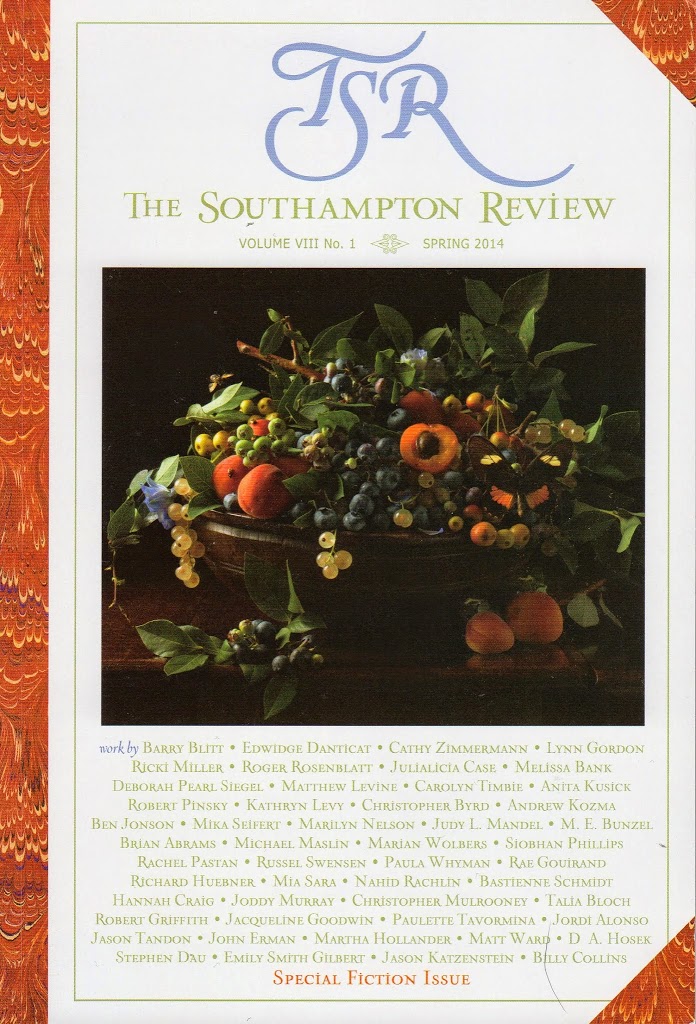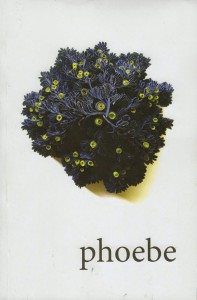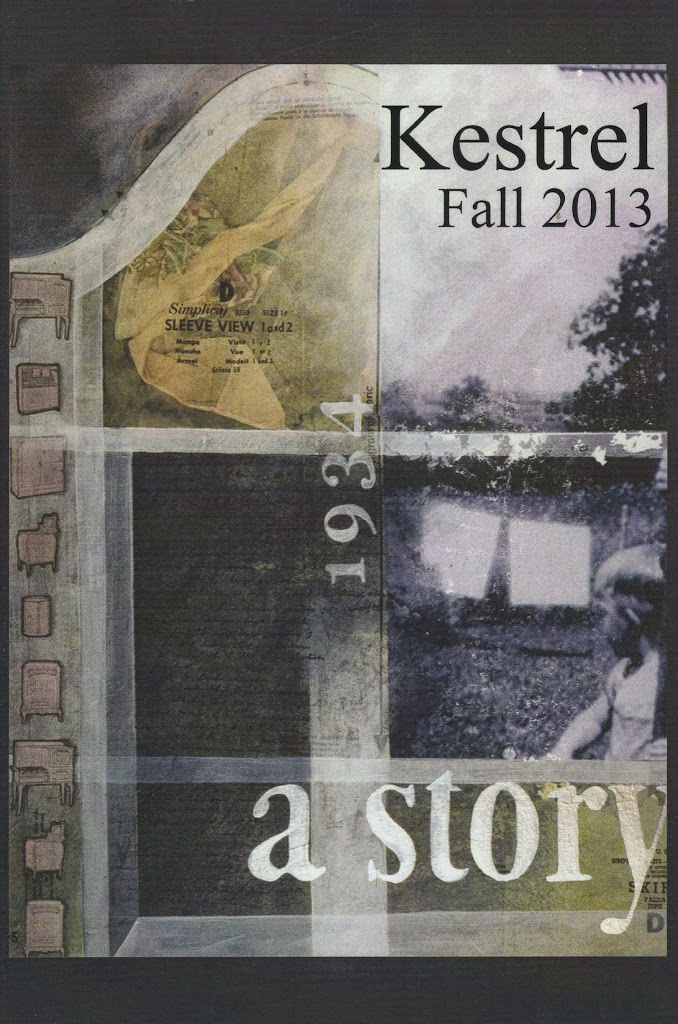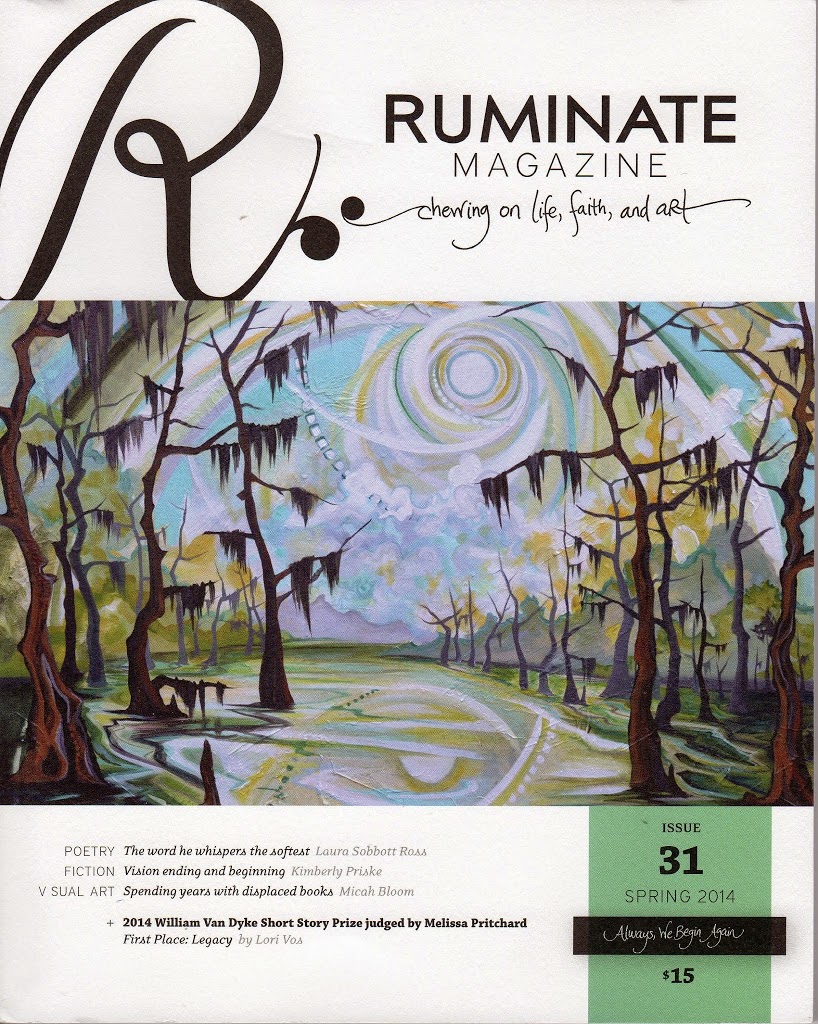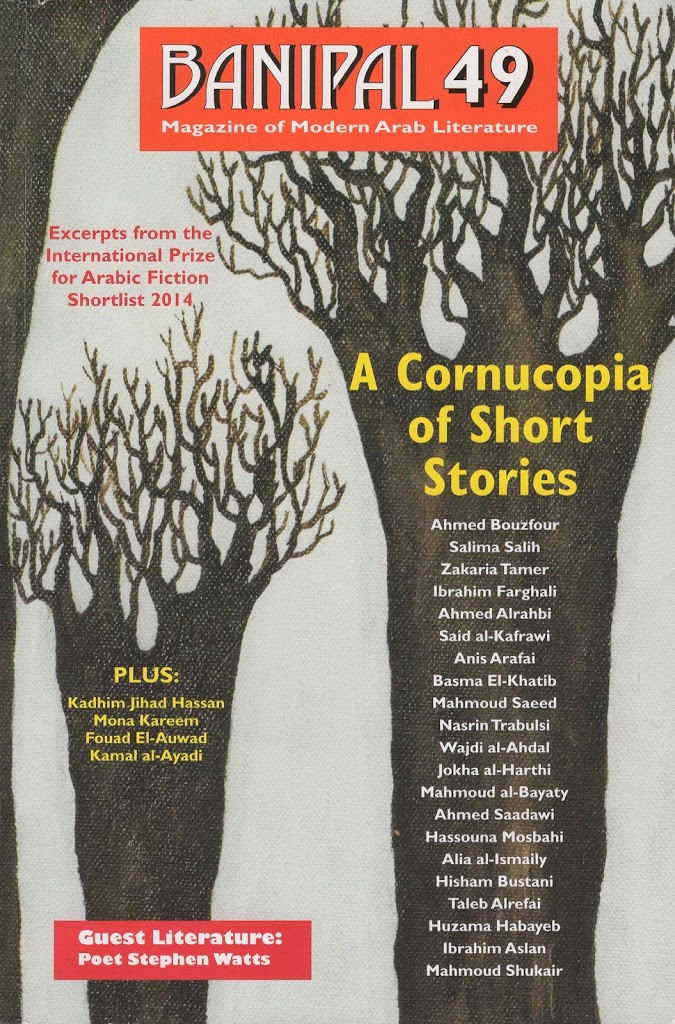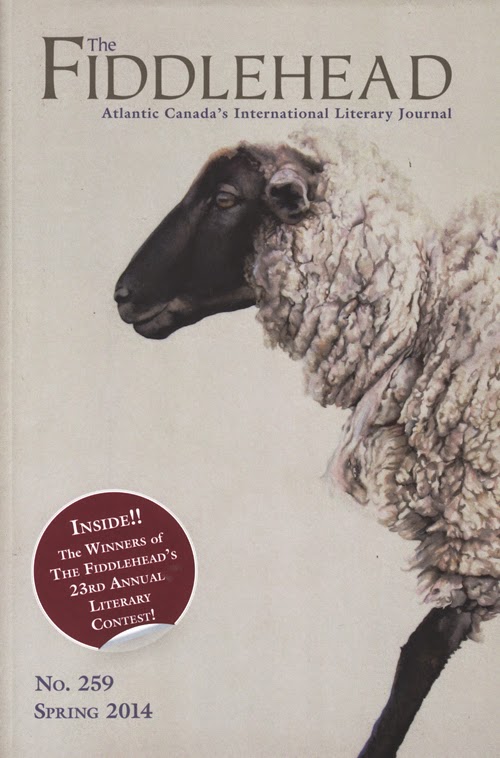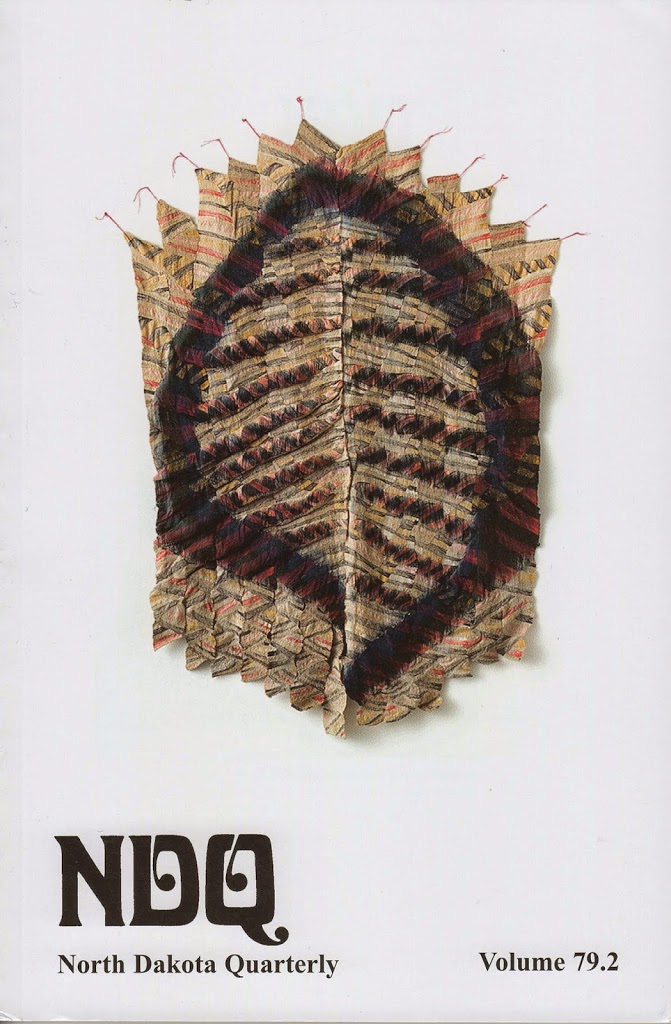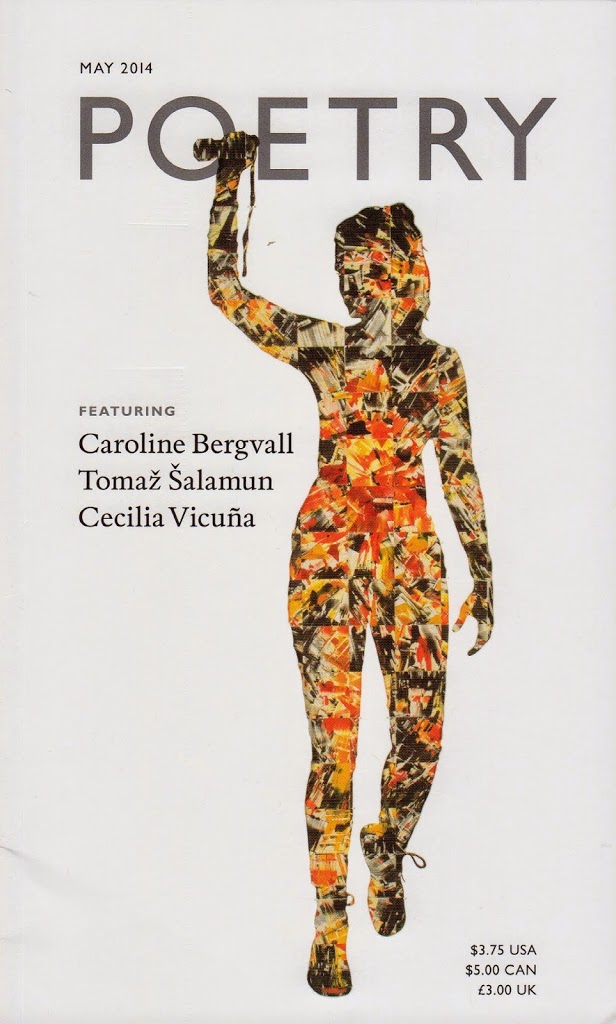12th Annual BrainStorm Poetry Contest for Mental Health Consumers and Survivors
The winners of the 12th Annual BrainStorm Poetry Contest have been announced and included in the Spring 2014 issue of Open Minds Quarterly. “The winning poems exhibit strength in imagery, attention to the sound of language, and left the readers with a sensation long after they were read.” The honorable mentions include “an echo” by Sophie Soil, “As She Gently Brushed My Hair” by Sandy Jeffs, “With a huge love shattering my heart” by Georgina Paul, and “Medicated” by Sandy Jeffs. Here are the winners along with a sample of their poetry:
First Place
“Quebec City” by Ashley Laframboise
Sitting in your warm apartment, with
snow falling outside frosty windows, you
are wearing purple leg warmers over blue jeans, and green
slippers that used to be your grandmother’s.
You are singing along to
French folk music I’ve never heard before, and lazily
sucking on an electronic cigarette that smells of
honey.
Second Place
“Airport, Heavy Water” by Tyler Gabrysh
Tiny moon shadows plop on my dash;
an orchestral pitter-patter
forming the dew we never see born
Maybe once this was enthralling;
now it’s a swirl of overtaxed night
and dilated mourning.
Third Place
“Waiting to be Found” by Aaron Simkin
The night the meaning dissolved, it was just for me the
heads turned in the cars as I ran from the neon green street signs
a doomed cipher roaming the barren Winnipeg winter night
a prisoner of the light,
bathing in a conspiracy of clues derived from the indelible public grain,
no movies on the marquee at Portage Place,
just question marks like silver lights clawing at the clouds,

